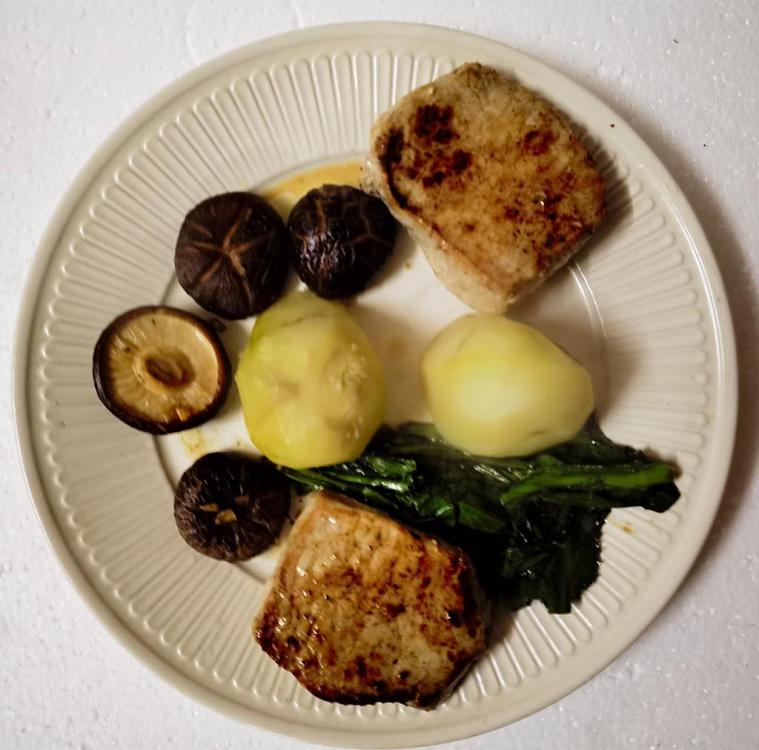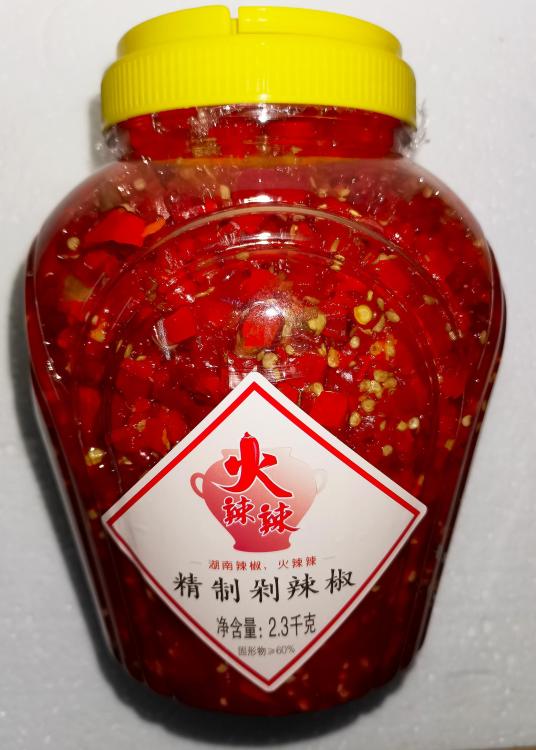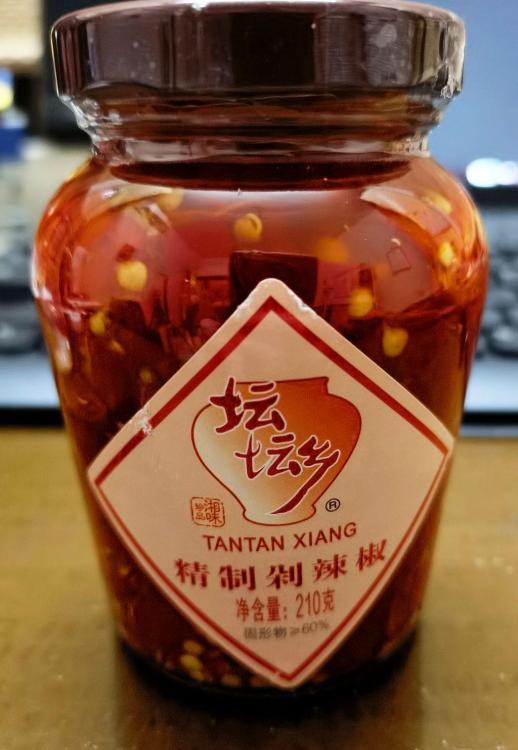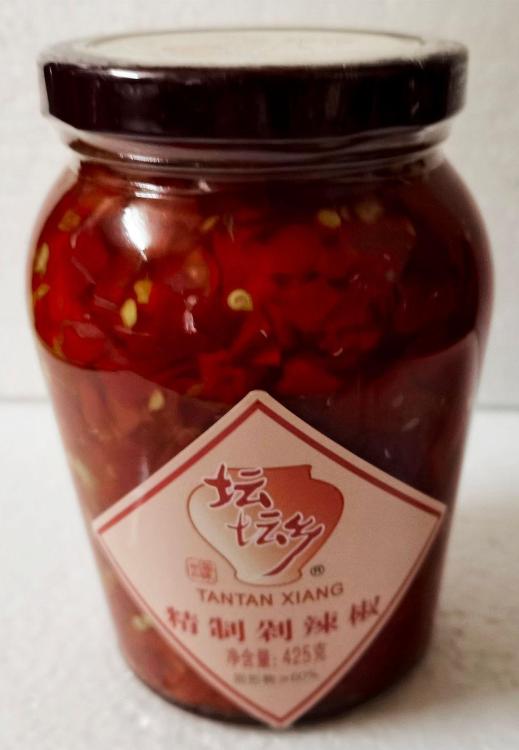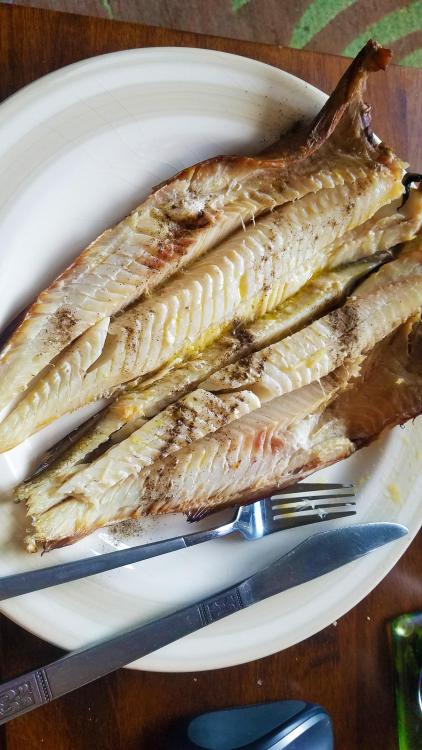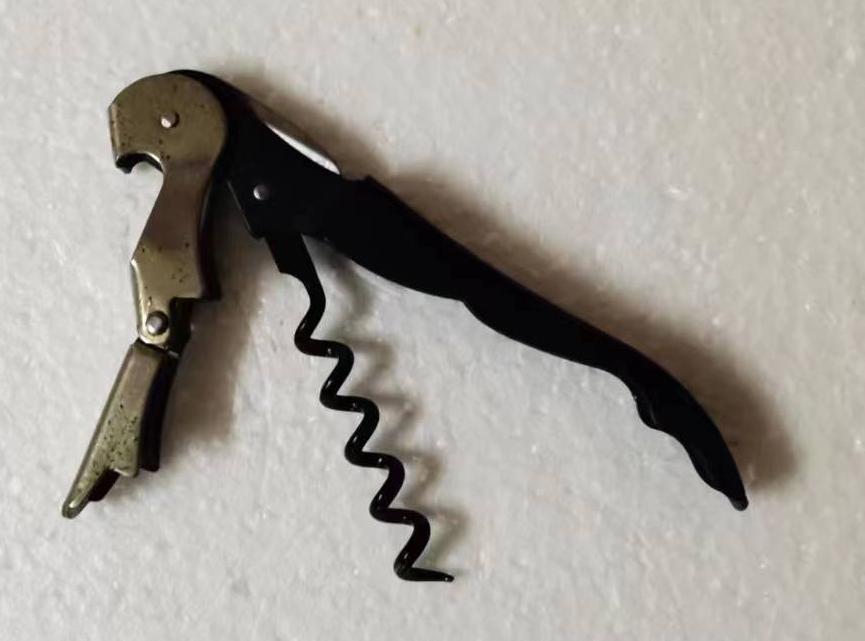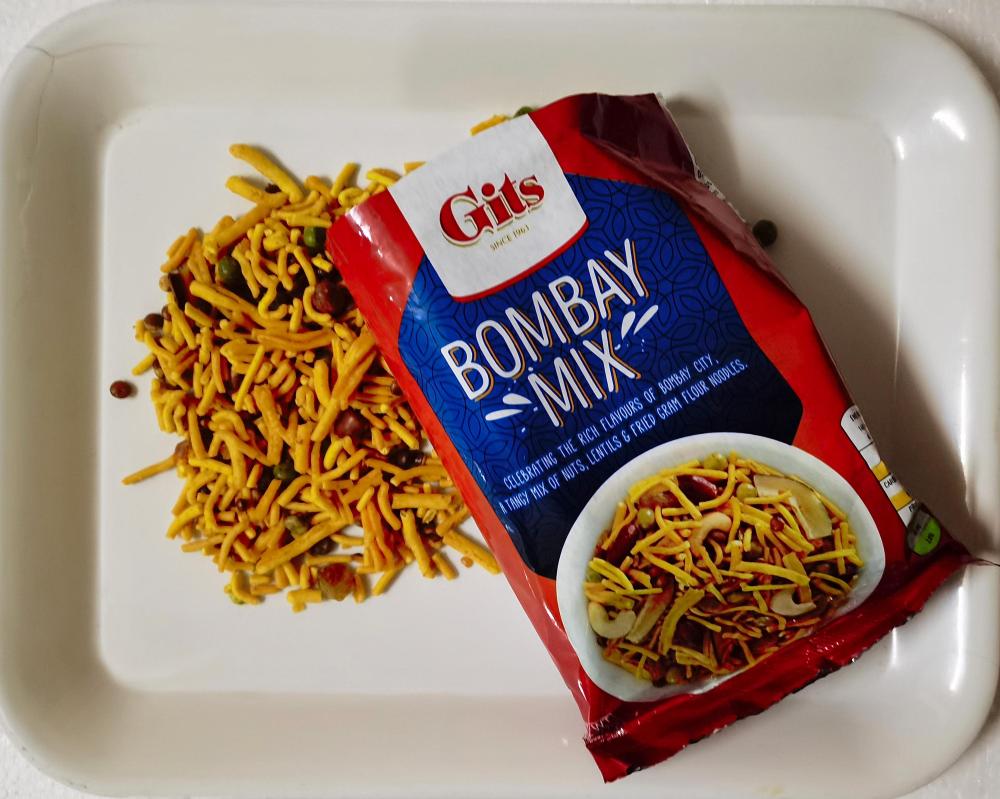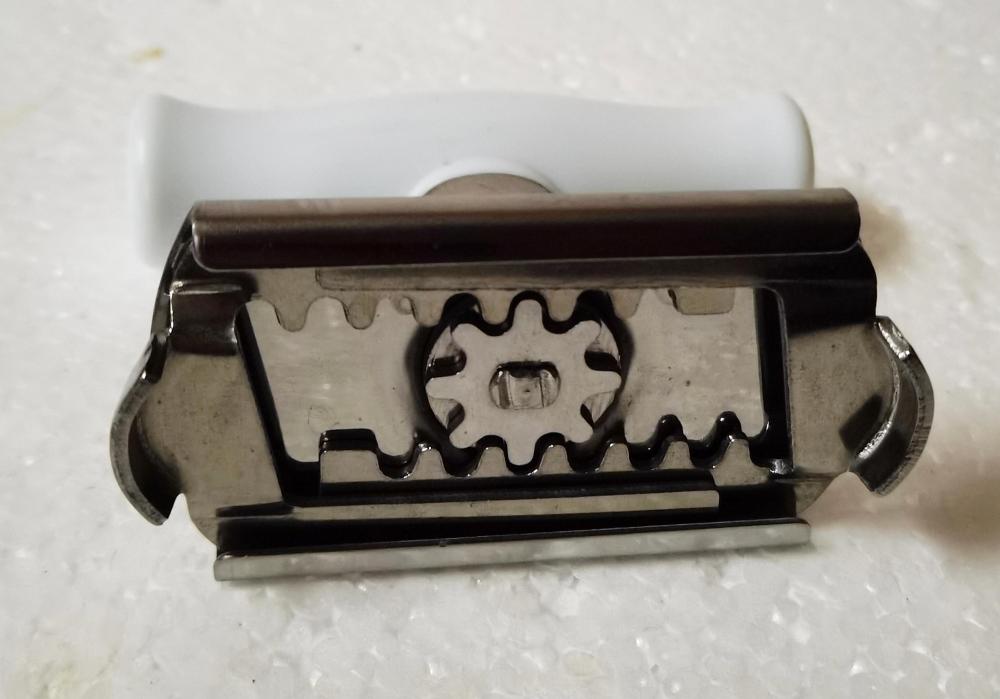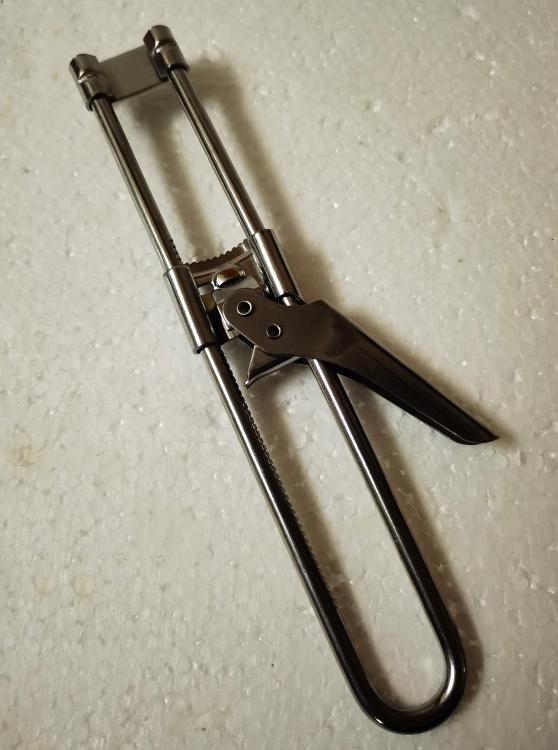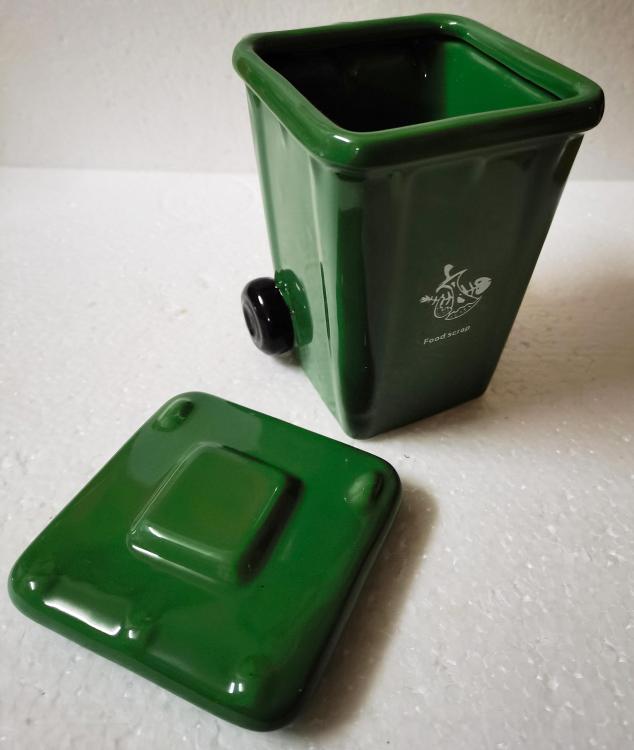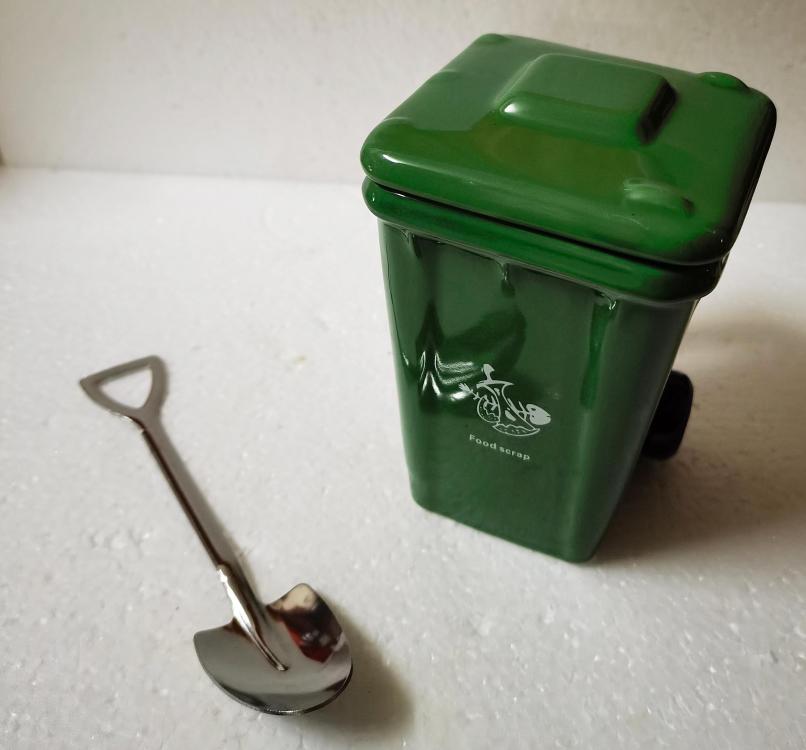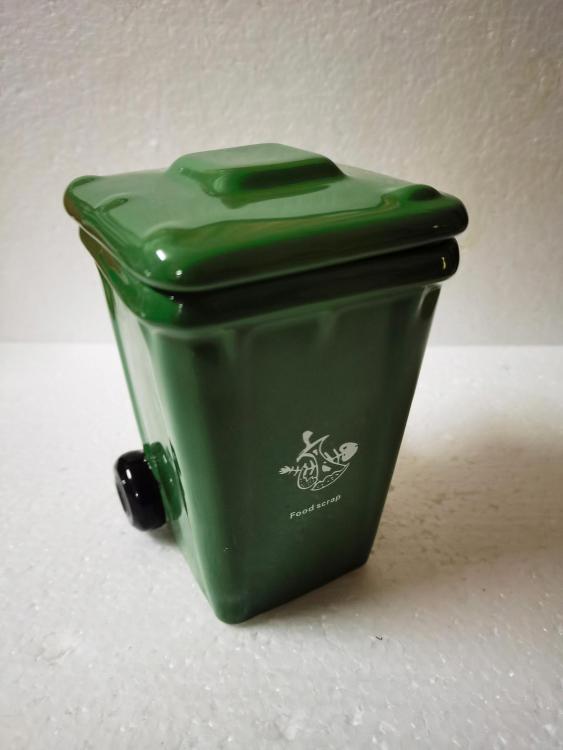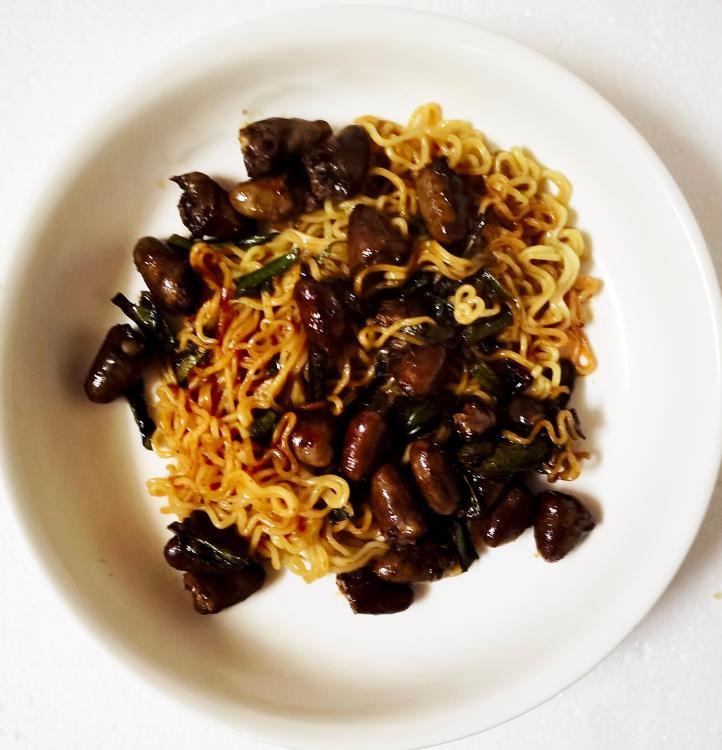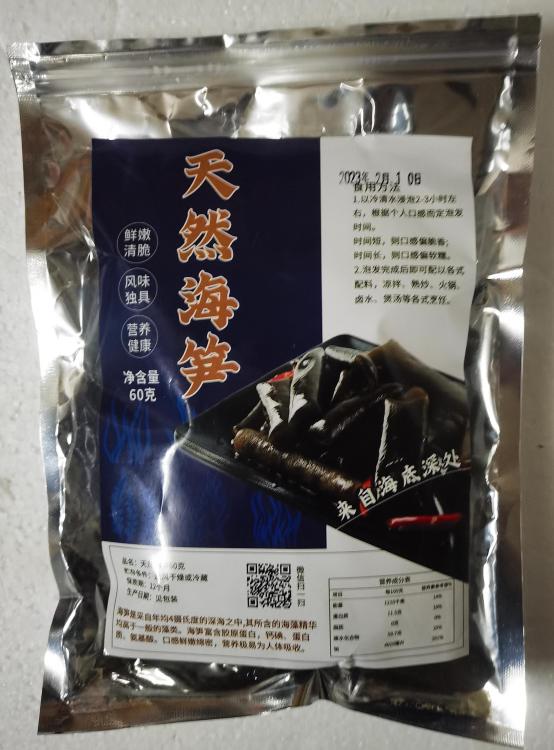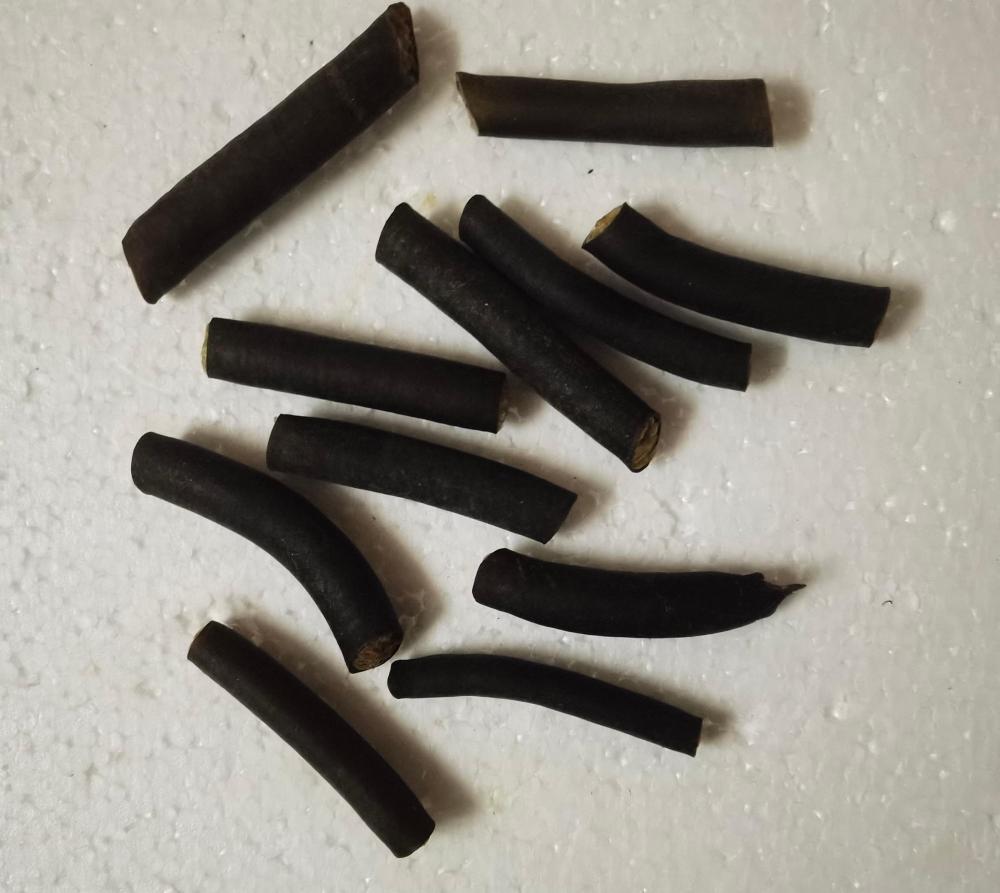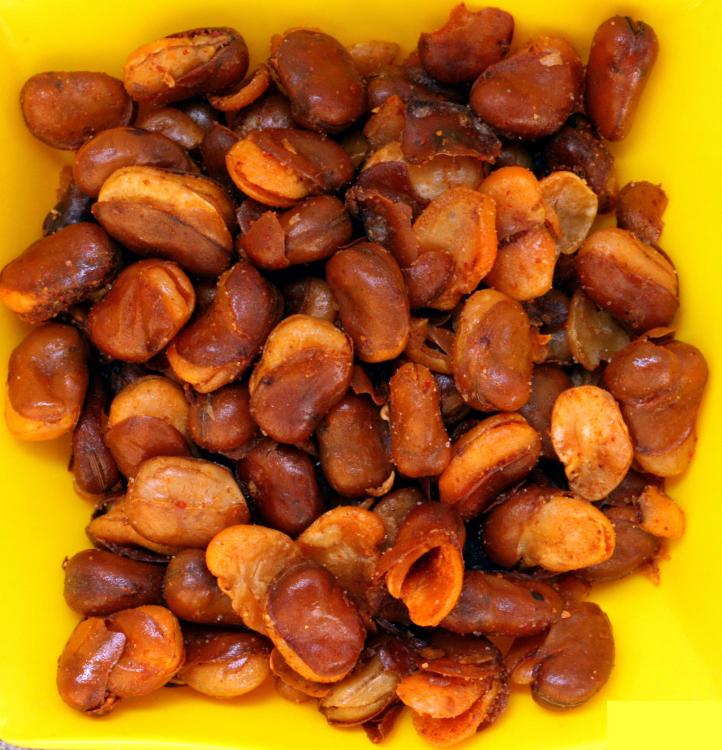-
Posts
16,675 -
Joined
-
Last visited
Content Type
Profiles
Forums
Store
Help Articles
Everything posted by liuzhou
-

"Phrases I'd never expected to write" dept: Sushi Terrorism
liuzhou replied to a topic in Food Traditions & Culture
https://www.theguardian.com/world/2023/mar/09/arrests-made-after-wave-of-sushi-terrorism-upends-japans-restaurant-industry -
What are actual bangers? "Bangers" originally referred to cheap sausages fed to the military in WW1 and which were mainly water and rusk and exploded when cooked. Today it generally just means "sausages" of any kind.
-

"Phrases I'd never expected to write" dept: Sushi Terrorism
liuzhou replied to a topic in Food Traditions & Culture
Story here. -
-
I've mentioned this before. My go to sauce. Except it maybe isn't a sauce at all. The Chinese means chopped chilli. But I used to buy it in 210 gram jars. Then I got excited when I found it in 425 gram jars. Today I'm having chilli orgasms. 2.3 kilogram jar! 210 grams 425 grams 2.3 kilograms!
-
-
What is a 'smokie' to you? Not from Arbroath obviously.
-
I wouldn't.
-
I just read this word mince on a London restaurant's website and had to take a sedative. "Built on a studio ethos, we are a restaurant, bar, art and performance space that moves and shifts with the seasons via its curated collective program." Utter pretentious nonsense.
-
-
I was going through a box of stuff from my countryside home, which I recently sold and found these which I had forgotten about. The white handled one is great, but only deals with opening lids on smaller jars, where as the all metal one is more accomodating of a range of sizes less comfortable to use.
-
This is definitely food and drink related. A friend with a sense of humour decided I needed this. It's a cup and came with an unexpected teaspoon.
- 667 replies
-
- 14
-

-

-
-
These are sold as 天然海笋 (tiān rán hǎi sǔn), which means ‘Natural Sea Bamboo’. However, a search for sea bamboo on the internet in English or Chinese returns several answers, none of which fit these. One option offered is Sea Bamboo (Ecklonia maxima) 南极海笋 (nán jí hǎi sǔn, literally South Pole sea bamboo), but that only seems to grow around South Africa making it an unlikely candidate and anyway, it doesn’t look the same. Another appears only around Chile. Those results concerning animal species are definitely ruled out So, no positive identification, for now. These little tubes seem to be the stems of a young variety of kemp which have been dried and chopped into approximately 6 cm / 2.4 inch pieces. They are rock hard when purchased and require 3 hours soaking to rehydrate them, after which they expand to around 8 cm / 3.2 inches. Dried Sea Bamboo The rehydrated stems are slimy to the touch but that disappears on cooking. They remain slightly firm on the teeth. The tubes areadded to soups and hotpots and can also be stir fried. Rehydrated According to the packaging
-
-
My main problem distinguishing lemons from limes here is that we get a lot of green-skinned lemons known as 青柠檬 (qīng níng méng, literally green lemons). Limes, on the other hand are 青柠檬 (qīng níng méng). I rarely find limes.







